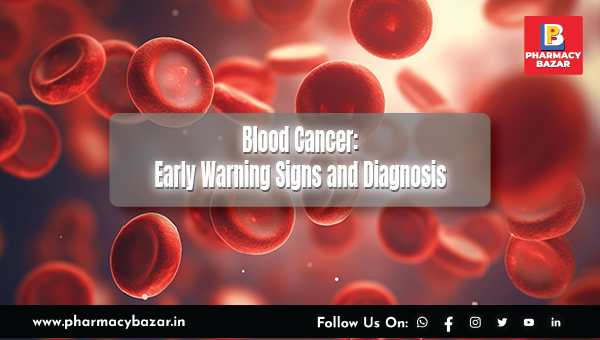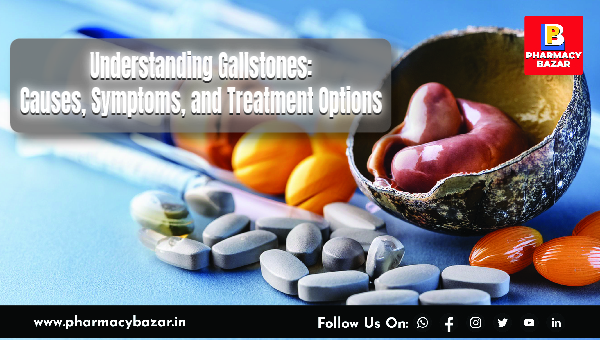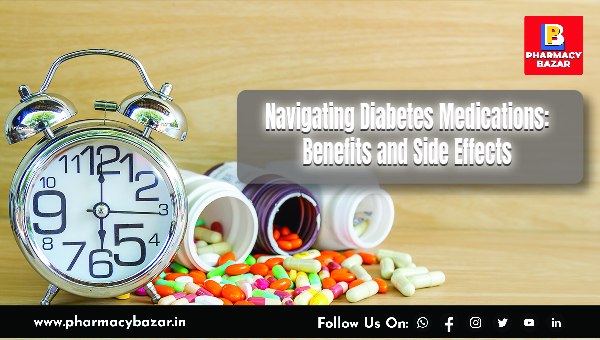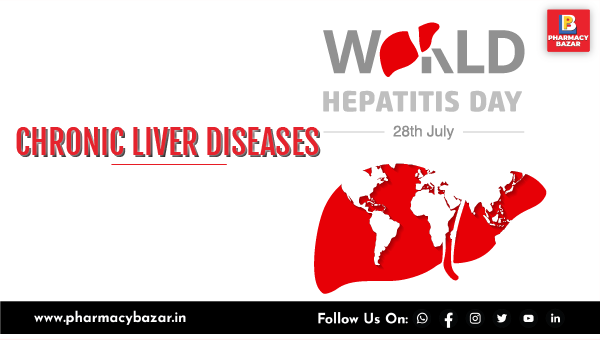CHRONIC LIVER DISEASES
May 12, 2023
Chronic liver disease refers to any liver disease that lasts for a long time, usually for more than six months. It is a condition in which the liver sustains damage and is unable to function properly over a long period of time. Chronic liver diseases can lead to the development of cirrhosis, which is a condition characterized by the irreversible scarring of the liver tissue. Some common chronic liver diseases include:
Chronic hepatitis B and C: These are viral infections that can lead to chronic liver disease, cirrhosis, and liver cancer.
The treatment options for chronic hepatitis B and C depend on several factors such as the stage of the disease, the level of liver damage, the genotype of the virus, and the overall health of the patient.
Chronic Hepatitis B:
The treatment options for chronic hepatitis B include:
-
Antiviral medications: Drugs such as tenofovir or entecavir can help reduce the amount of virus in the blood and improve liver function.
-
Interferon therapy: Interferon injections can stimulate the immune system to fight the virus. However, this treatment is not as effective as antiviral medication and can cause side effects.
-
Liver transplant: In severe cases where the liver is severely damaged, a liver transplant may be necessary.
Chronic Hepatitis C:
The treatment options for chronic hepatitis C include:
-
Direct-acting antiviral drugs (DAAs): These drugs can effectively cure hepatitis C in most people with few side effects. The treatment duration and choice of medication depend on the genotype of the virus.
-
Interferon therapy: This treatment may be used in combination with DAAs in some cases.
-
Liver transplant: In advanced cases, a liver transplant may be necessary.
Alcoholic liver disease: Excessive alcohol consumption can cause inflammation and damage to the liver, leading to fatty liver disease, alcoholic hepatitis, and cirrhosis.
The treatment of alcoholic liver disease (ALD) depends on the severity of the disease and the extent of liver damage. The first and most important step is to stop drinking alcohol. The following are some treatment options for ALD:
Alcohol cessation: The most important step in treating ALD is to stop drinking alcohol. This may require medical assistance and support, including counseling, detoxification, and inpatient or outpatient rehabilitation.
Medications: Several medications may be prescribed to treat ALD. These may include corticosteroids, such as prednisone, which can reduce inflammation and improve liver function, and pentoxifylline, which may reduce inflammation and scarring in the liver.
Nutritional support: People with ALD may be malnourished and have vitamin deficiencies. Nutritional support, including vitamin and mineral supplements, can help support liver function.
Liver transplant: In severe cases of ALD, where the liver is severely damaged, a liver transplant may be necessary. A liver transplant is a surgical procedure that involves removing the damaged liver and replacing it with a healthy liver from a donor.
Nonalcoholic fatty liver disease (NAFLD): This is a condition in which excess fat builds up in the liver and can cause inflammation, fibrosis, cirrhosis, and liver cancer.
The treatment options for NAFLD depend on the severity of the disease and may include:
Lifestyle modifications: This includes losing weight, eating a healthy diet, and engaging in regular exercise. These lifestyle changes can help improve insulin resistance, reduce inflammation, and prevent the progression of NAFLD.
Medications:
There are currently no medications approved specifically for treating NAFLD. However, some medications may be prescribed to manage certain symptoms or underlying conditions associated with NAFLD, such as diabetes, high cholesterol, or high blood pressure.
Liver transplant: In rare cases, when NAFLD progresses to end-stage liver disease, a liver transplant may be necessary.
Clinical trials: Clinical trials are ongoing to test new therapies for NAFLD, including medications and lifestyle interventions.
Autoimmune hepatitis: This is a chronic liver disease in which the immune system attacks the liver, leading to inflammation and damage.
The treatment options for autoimmune hepatitis include:
Corticosteroids: These are the first-line treatment for autoimmune hepatitis. Corticosteroids help reduce inflammation in the liver and slow the progression of the disease.
Immunosuppressants: If corticosteroids alone are not effective or not well-tolerated, immunosuppressants such as azathioprine or mycophenolate mofetil may be added to the treatment plan.
Ursodeoxycholic acid (UDCA): UDCA is a bile acid that has been shown to be effective in some patients with autoimmune hepatitis, particularly those with early-stage disease. UDCA may be used alone or in combination with corticosteroids.
Liver transplant: In some cases, a liver transplant may be necessary if the disease progresses to end-stage liver disease or liver failure.
Primary biliary cirrhosis (PBC): This is a chronic liver disease in which the bile ducts become inflamed and damaged, leading to a buildup of bile in the liver and cirrhosis.
Treatment:
Ursodeoxycholic acid (UDCA): This is the primary medication used to treat PBC. UDCA helps to slow down the progression of liver damage, reduce inflammation, and improve liver function.
Immunosuppressants: In some cases, immunosuppressive medications like corticosteroids, azathioprine, or cyclosporine may be used to reduce inflammation and slow down the damage to the liver.
Liver transplant: For people with advanced PBC or end-stage liver disease, a liver transplant may be necessary. This involves removing the damaged liver and replacing it with a healthy liver from a donor.
Symptom relief: Certain symptoms of PBC like itching, dry eyes, or mouth can be managed with medications or lifestyle changes. For example, antihistamines or bile acid sequestrants can help relieve itching, and artificial tears or saliva substitutes can help with dry eyes or mouth.
Primary sclerosing cholangitis (PSC): This is a chronic liver disease in which the bile ducts become scarred and narrowed, leading to a buildup of bile in the liver and cirrhosis.
Treatment: There is currently no cure for primary sclerosing cholangitis (PSC), so treatment aims to manage symptoms, prevent complications, and slow the progression of the disease. Treatment options for PSC may include:
Medications: Certain medications may be prescribed to relieve symptoms and slow the progression of PSC. For example, Ursodeoxycholic acid (UDCA) can help reduce itching, fatigue, and other symptoms. Other medications like corticosteroids or immunosuppressive agents may be used to control inflammation in the bile ducts.
Endoscopic therapy: Endoscopic retrograde cholangiopancreatography (ERCP) may be used to open up narrowed or blocked bile ducts. This can relieve symptoms such as jaundice, itching, and fatigue.
Liver transplantation: For those with advanced PSC and liver failure, a liver transplant may be the best treatment option. This involves replacing the diseased liver with a healthy liver from a donor.
Nutritional therapy: A dietitian may recommend a specific diet to help manage symptoms of PSC, such as avoiding foods that worsen itching or that are high in fat.
Management of complications: If PSC leads to complications such as portal hypertension or infections, treatment may be needed to manage these conditions.
Hemochromatosis: This is a genetic disorder that causes the body to absorb too much iron from the diet, which can accumulate in organs like the liver, heart, and pancreas, leading to damage over time. Treatment for hemochromatosis typically involves reducing iron levels in the body to prevent or slow down organ damage.
Here are some treatment options for hemochromatosis:
Phlebotomy: This is the most common treatment for hemochromatosis. It involves regularly drawing a certain amount of blood to reduce the amount of iron in the body. The frequency of phlebotomy will depend on the severity of the condition and the patient's individual needs.
Iron chelation therapy: In some cases, phlebotomy may not be enough to manage iron levels. Iron chelation therapy involves using medications that bind to excess iron and help remove it from the body.
Dietary changes: Patients with hemochromatosis may need to make dietary changes to limit their intake of iron-rich foods like red meat, liver, and fortified cereals.
Avoiding alcohol: Consuming alcohol can worsen liver damage in patients with hemochromatosis. Therefore, it's important for patients to limit or avoid alcohol altogether.
Regular check-ups: Patients with hemochromatosis need to undergo regular check-ups to monitor their iron levels and organ function.
Can Chronic liver diseases be cured?
In some cases, such as chronic hepatitis B or C, antiviral medications may be able to effectively control the disease and prevent further damage to the liver. This can sometimes result in a "functional cure," where the virus is no longer detectable in the bloodstream and the liver is able to heal to some extent. However, even after achieving a functional cure, patients may still require ongoing monitoring and treatment to prevent the virus from reactivating.
In other cases, such as hemochromatosis or Wilson's disease, the underlying genetic or metabolic disorder cannot be cured, but it can be managed effectively with treatment. With appropriate treatment, patients with these conditions can often live long, healthy lives.
Unfortunately, in some cases, chronic liver diseases can progress to the point where irreversible liver damage or cirrhosis has occurred. In these cases, the goal of treatment shifts to managing symptoms and preventing further damage, rather than curing the disease. However, even in these cases, treatment can be very effective at improving quality of life and preventing complications.
DISCLAIMER: This article is the property of Pharmacy Bazar and is protected by copyright laws. The information provided in this article is for educational and informational purposes only and is not intended to be a substitute for professional medical advice, diagnosis, or treatment. Always seek the advice of a qualified healthcare provider with any questions you may have regarding a medical condition. Never disregard professional medical advice or delay in seeking it because of something you have read in this article. The author and publisher of this article do not endorse any specific treatments, procedures, or products mentioned in this article.
Recent Post

Blood Cancer: Early Warning Signs and Diagnosis

Understanding Gallstones: Causes, Symptoms, and Treatment Options

Navigating Diabetes Medications: Benefits and Side Effects

Revolutionizing Cancer Treatment: How Unleashing T Cells' Energy Could Transform Immunotherapy

The Power of Lower Back Stretches: Benefits and Best Yoga Asanas for a Healthy Spine

8 Health Conditions That Could Be Due to Magnesium Deficiency

Unlocking Brain Health: How Lifestyle Choices Impact Cognitive Functions

When Speech Takes a Surprising Turn: Unraveling Foreign Accent Syndrome

The Optimal Time to Take Your Vitamin D Supplement: Insights and Best Practices

Beyond Diabetes: Unveiling the Hidden Health Risks of Insulin Resistance

